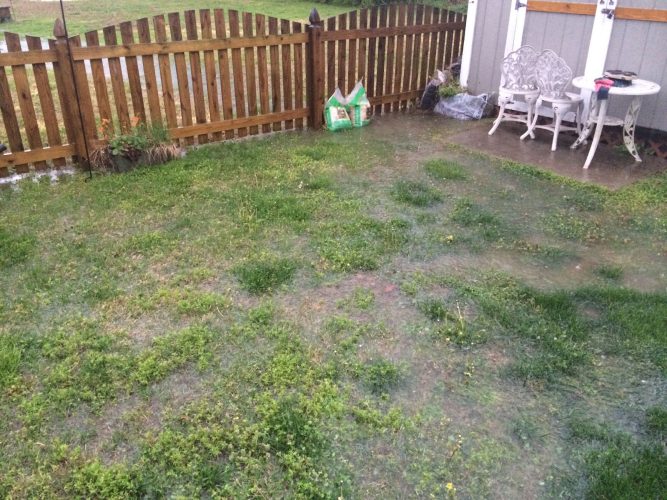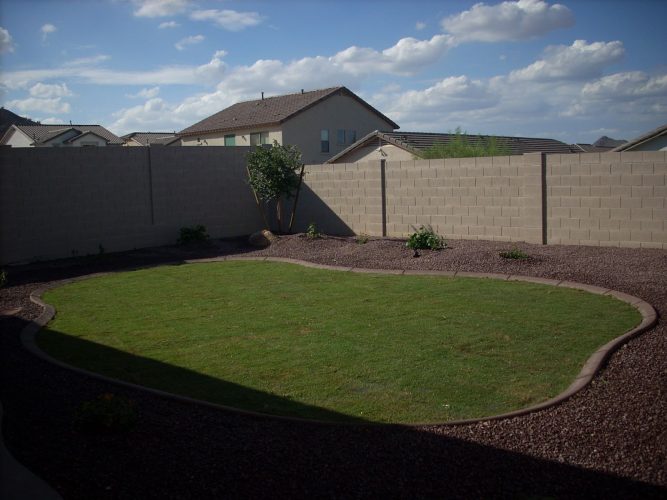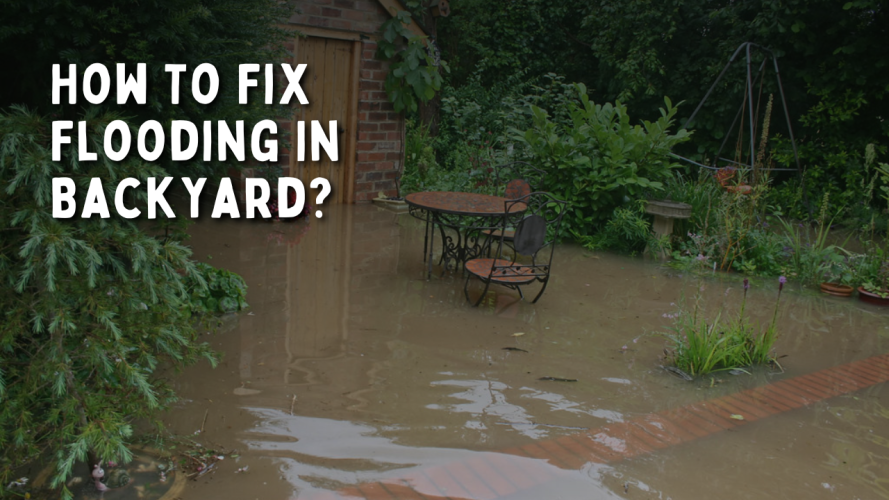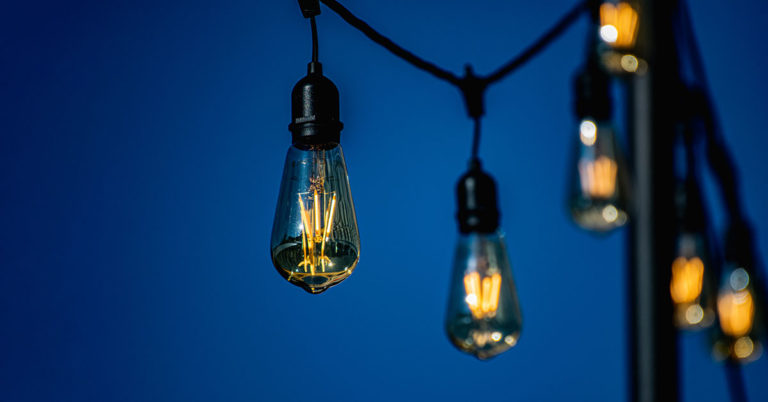How To Fix Flooding In Backyard – Best Tips And Hacks
A beautiful backyard can be a source of pride and joy for any homeowner. However, a backyard prone to flooding can quickly become a headache.
Not only does it make it difficult to enjoy the space, but it can also cause damage to the property. Luckily, several tips and hacks can help you fix flooding in your backyard.
Below, I’ll list the best ways to deal with backyard flooding, from simple DIY solutions to more complex fixes, so let’s dive right in.
How to Fix Flooding in Backyard?
Flooding in the backyard can be a frustrating and even dangerous problem.
Water pooling in your backyard can damage the lawn, kill plants, and make it difficult to use the space. Additionally, standing water can be a breeding ground for mosquitoes and other pests, which can carry diseases.
If you’re dealing with a flooded backyard, don’t despair. You can take several steps to fix the problem and prevent it from happening again.
Here’s a list of tips and tricks on how to fix flooding in your backyard:

Flickr Image by Donnie Gladfelter
Step 1: Identify the Source of the Flooding
The first step in fixing backyard flooding is identifying the source of the problem. Possible causes of backyard flooding include:
- Poor drainage: If your backyard has poor drainage, water will pool on the surface instead of draining away.
- Sloping yard: If your yard slopes toward your house instead of away from it, water can accumulate near the foundation and cause flooding.
- Clogged gutters: If you’re dealing with clogged gutters, water will spill over the sides and pool near your property’s foundation.
- Downspouts too close to the house: Water will drain near the base instead of away from it.
- High water table: If you live in a place with a high water table, the ground may be saturated with water, causing flooding.
Once you’ve identified the source of the problem, you can move on to fixing it.
Step 2: Improve Drainage
Improving drainage is often the most effective way to fix backyard flooding. Here’s a list of things you can do to improve drainage:
- Install a French drain: This trench loaded with gravel and a perforated pipe relocates water away from your yard. It’s a good option if you have poor drainage.
- Add a dry well: A dry well is a hole filled with gravel that collects water and slowly releases it into the soil. It’s a good option if you have a lot of standing water in one area.
- Install a catch basin: A catch basin is a box that collects water and redirects it to a drainage pipe. It’s a good option if you have a low-yard spot collecting water.
- Grade your yard: If it slopes toward your house, you can grade it, so it slopes away from the house. This will help water drain away from your home’s foundation.
Step 3: Redirect Downspouts
If your downspouts are too close to your house, they may be causing flooding. Here’s what you can do:
- Install downspout extensions: Downspout extensions redirect water away from your home’s foundation. They’re an easy and inexpensive solution.
- Install a rain barrel: This unit collects water from your downspouts and preserves it for later use. It’s a good option to conserve water and prevent flooding.
Step 4: Clean Gutters
Suppose you’re dealing with clogged gutters. In that case, water will spill over the sides and cause flooding. Here’s how to clean your gutters:
- Use a gutter scoop or trowel to remove debris.
- Use a garden hose to flush out the gutters.
- Check for leaks and make any necessary repairs.
Step 5: Plant a Rain Garden
A rain garden is a garden designed to absorb rainwater. Here’s how to plant one:
- Choose a low-lying area in your yard.
- Remove the topsoil and create a depression.
- Fill the depression with a mix of compost and sand.
- Plant native plants and grasses.
- Mulch the area with bark or wood chips.
Step 6: Install a Sump Pump
If you live in a place with a high water table, installing a sump pump can help prevent flooding. Here’s how to install one:
- Choose a location for the sump pump. It should be in the lowest part of your basement or crawl space.
- Dig a hole in the floor for the sump pit.
- Install the sump pit and cover it with a lid.
- Install the sump pump and connect it to a discharge pipe.
- Test the sump pump to make sure it’s working properly.
Step 7: Prevent Future Flooding
Once you’ve fixed the problem, preventing future flooding is important. Here’s how to prevent future flooding:

- Maintain your gutters: Clean your gutters regularly to prevent clogs.
- Keep your downspouts clean: Check your downspouts regularly and remove any debris.
- Grade your yard: Make sure your yard slopes away from your home’s foundation.
- Use permeable surfaces: Porous surfaces like gravel or pavers allow water to soak into the ground.
- Plant native plants: Consider planting native plants because they adapt to local conditions and can help absorb rainwater.
Fixing backyard flooding may seem daunting, but with these steps, you can prevent future flooding and protect your home and yard from damage.
Remember to identify the source of the flooding, improve drainage, redirect downspouts, clean gutters, plant a rain garden, install a sump pump, and take steps to prevent future flooding.
By taking these steps, you can enjoy a beautiful, dry backyard and prevent potential health hazards caused by standing water.
Conclusion
With these tips and hacks, you can effectively manage and fix flooding in your backyard, no matter the cause.
Whether you opt for a simple DIY solution or a more complex fix, the key is to address the issue as soon as possible to avoid further damage.
Remember, a little effort can go a long way in ensuring that your backyard remains a beautiful and enjoyable space for you and your family to relax and unwind.



